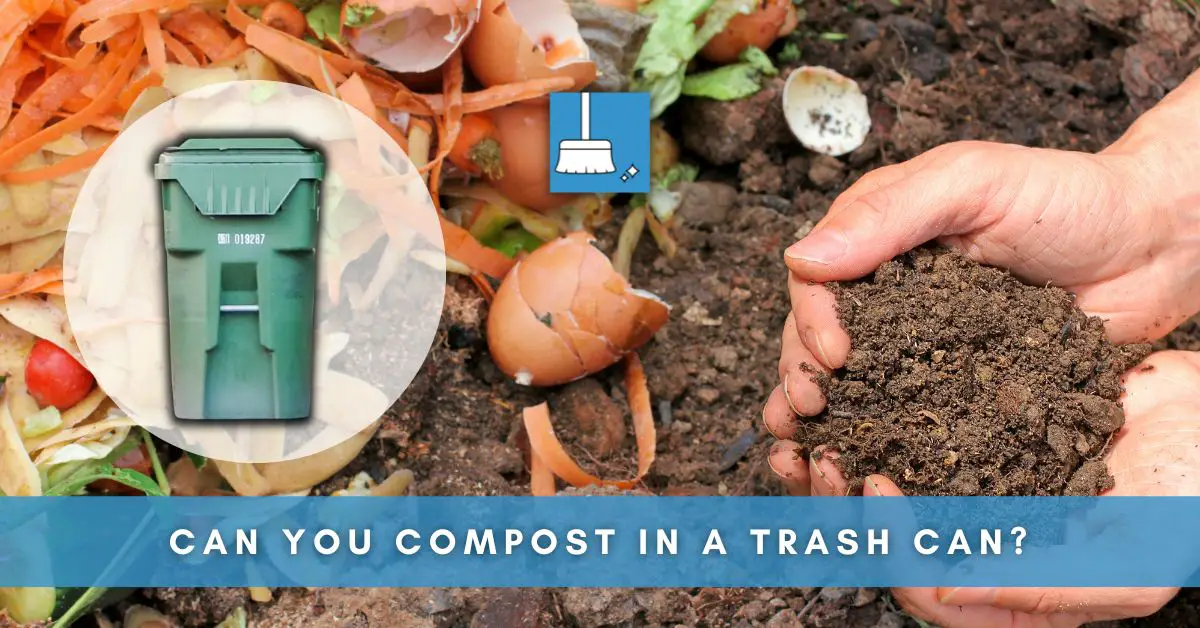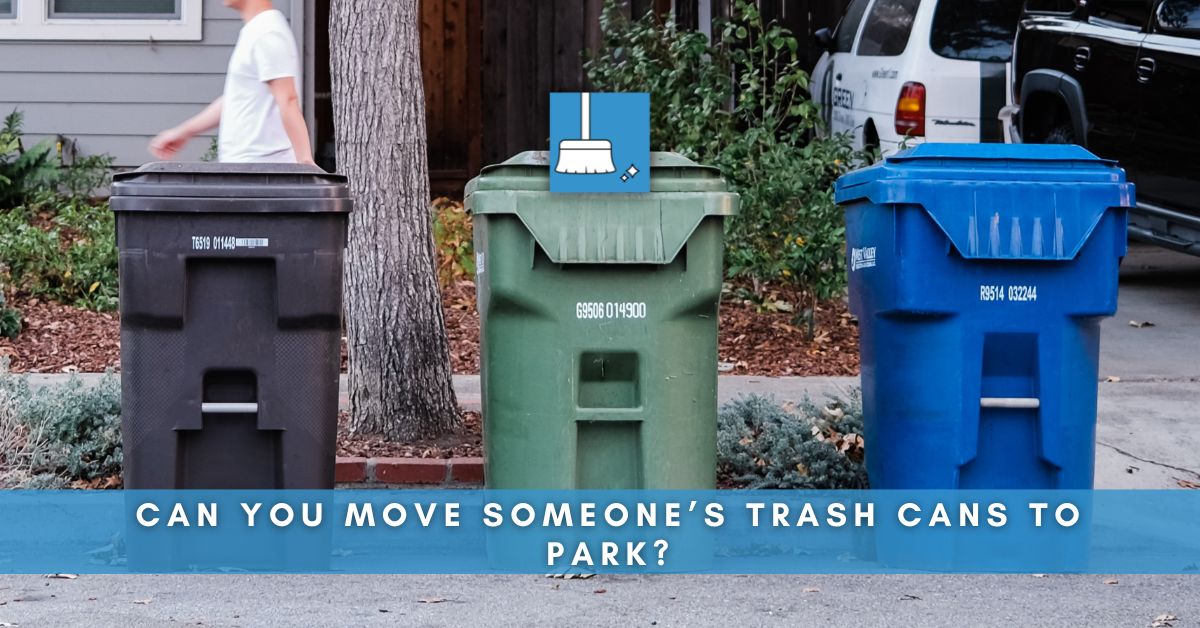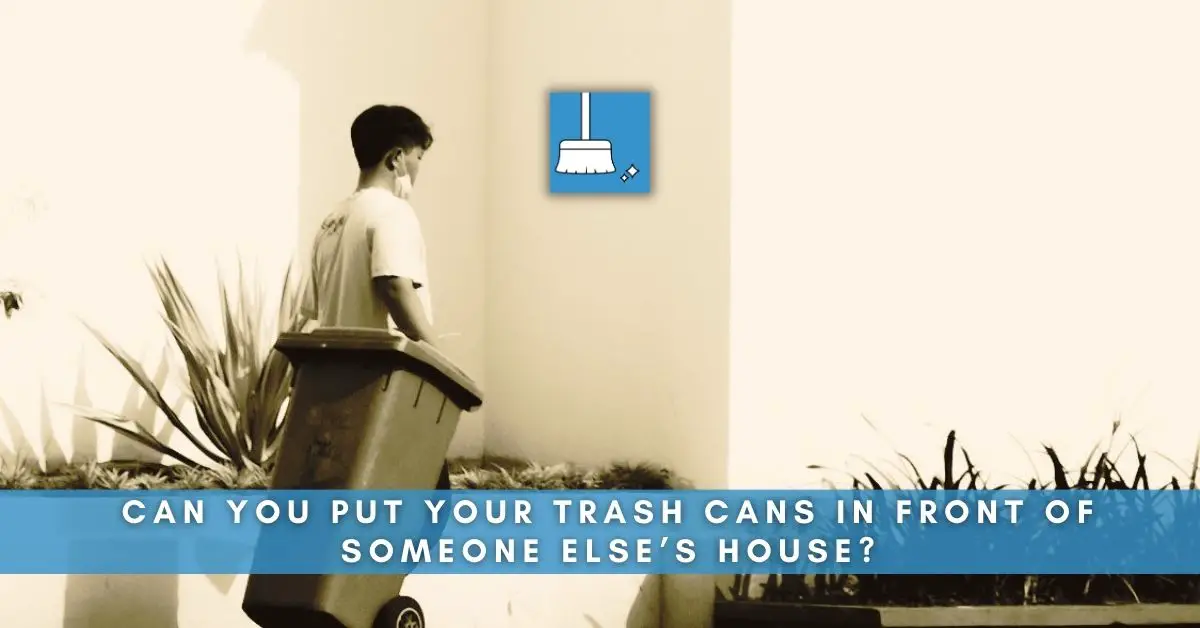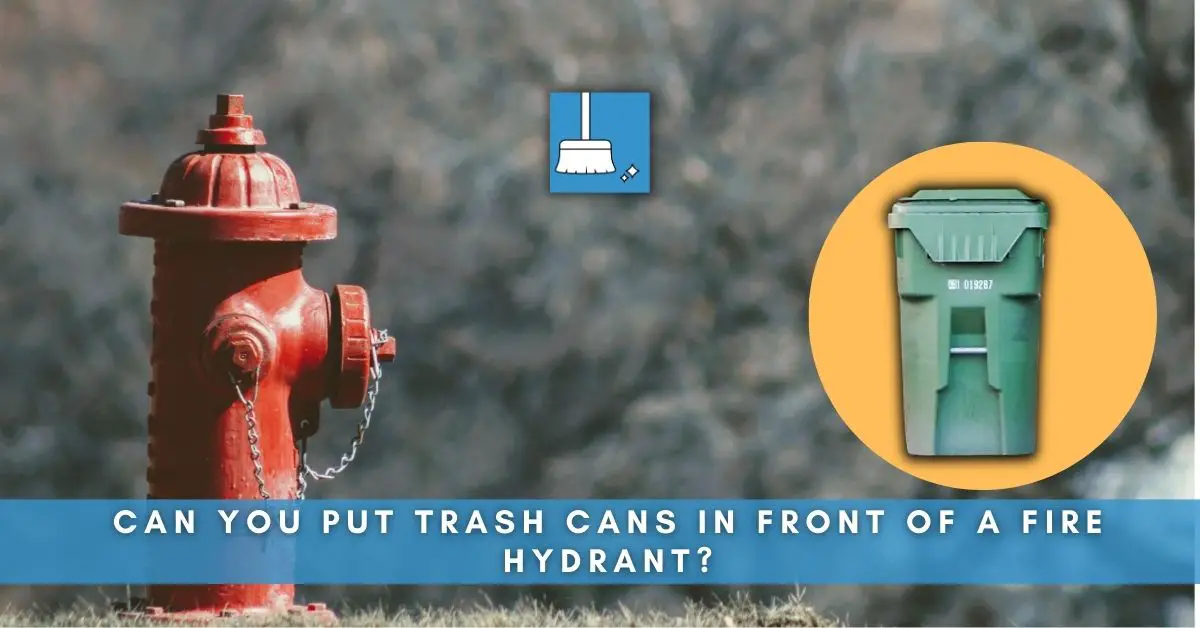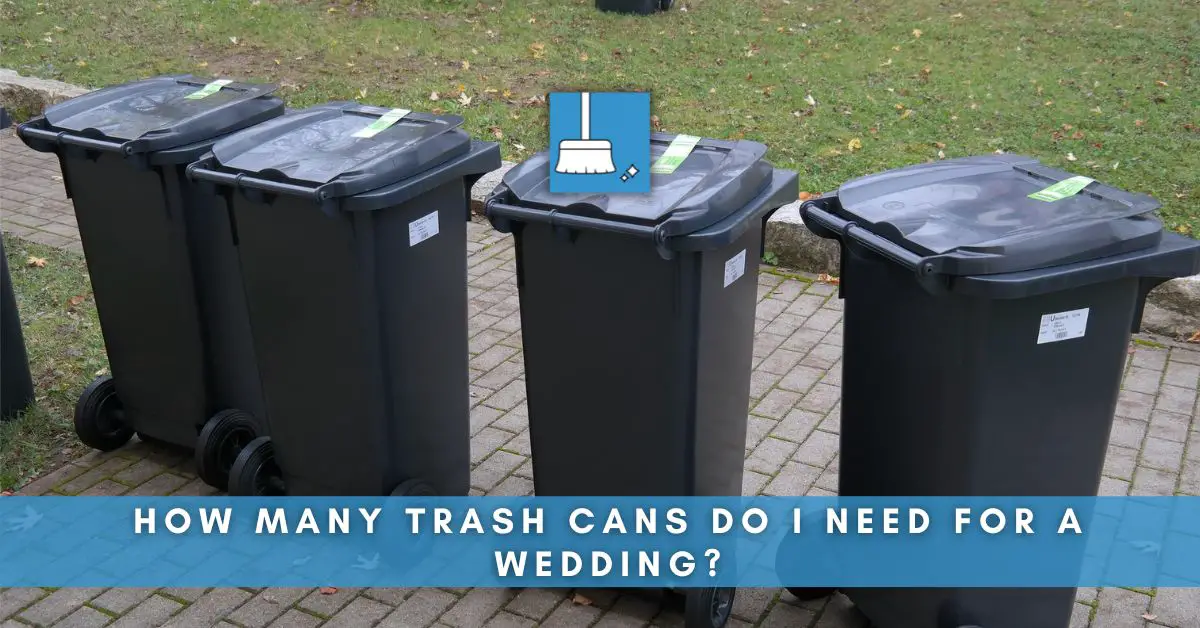Composting is an effective, sustainable way of recycling organic waste from your household. Not only does it contribute to reducing your carbon footprint, the compost generated is a rich supplement for your garden’s soil. But can composting be carried out in something as simple as a trash can?
Using a Trash Can for Composting
Trash can composting is a convenient and affordable method to compost your organic waste. The trash can creates a contained space to carry out the composting process, offering protection from pests and improving regulation of heat and moisture.
The process involves making a few modifications to the trash can, such as making holes for aeration and drainage. This helps the composting materials interact with aerobic bacteria, which are effective decomposers. The holes also allow worms, bacteria and other critters access to the organic waste, speeding up the composting process.
Remember, it’s not about the size but how you manage the process. Even with a typical 32-gallon trash can, effective composting can be accomplished.
How to Set Up a Trash Can Compost Bin
This section will detail the steps needed to set up your trash can compost bin.
Note: If you’re planning to keep your compost bin indoors, it’s important to keep it away from direct heat sources to prevent the plastic from melting down.
Step 1- Choosing the Right Trash Can
When considering which trash can to use, one might wonder about the size.
Generally, a typical trash can size for composting is around 32 gallons, but remember that composting works better when there is a large mass of organic material. If space permits, consider having two trash cans for composting.
This allows one bin to be filled while the other is composting. Rubber or metal cans are ideal. Use a can that has a locking lid to avoid critters from getting in.
If you’re using metal trash can/s, here are a few considerations that you must keep in kind:
Size: Metal trash cans are typically around 31 gallons. This modest size works well in small spaces, but may not be sufficient for larger composting needs.
Weight: As the compost materials accumulate, the can becomes heavier, especially when wet. Choose a suitable location to minimize the need for moving the bin frequently.
Step 2- Creating Holes for Aeration & Drainage
Drilling holes for aeration and drainage is the next critical step in preparing the trash can.
Why are holes necessary?
- They provide air circulation, crucial for efficient composting as it prevents the composting materials from becoming stagnant.
- They allow liquids to drain, preventing the compost from becoming overly soaked.
How to make the holes:
- The holes should be drilled all around – lid, bottom, and sides of the trash can using a 2- or 3-inch hole saw. The ideal distance between the holes should be roughly 6 to 12 inches apart.
- Lastly, cut pieces of metal window screening large enough to cover each hole properly. This will prevent pests from entering the compost bin.
Step 3- Placing the Bin in the Right Location
It’s crucial to find the right site for your trash can composter. An ideal location would be a spot somewhat concealed but accessible for adding compost materials and water.
Here are the Positioning considerations:
- Raise the can on bricks or concrete blocks off the ground. This allows air to circulate under the can.
- Some gardeners prefer the trash can to sit on the ground so earthworms can aid with composting. Having the trash can placed directly on soil or grass allows beneficial worms and microbes to access the compost, speeding up the composting process.
What to Compost in a Trash Can
Let’s now find out what all should you compost in a trash can!
Every successful compost needs a proper balance of green and brown materials. The green materials are high in nitrogen and include items like:
- Coffee grounds
- Vegetable and fruit scraps
- Grass clippings
The brown materials, on the other hand, are high in carbon. They include items like:
- Dry leaves
- Twigs and branches
- Shredded newspaper
- Cardboard
Both are essential for a well-balanced compost pile.
Proper Layering and Mixing
Creating the perfect compost in a trash can is all about layering and adequate mixing.
Start with a layer of brown materials at the bottom to absorb excess moisture and provide good airflow. Then, add a layer of green materials and some soil to introduce beneficial microbes. Repeat these layers until the trash can is filled.
Mixing the compost pile occasionally helps to speed up the decomposition process by distributing heat evenly.
Adding Soil for Microbes
Adding a layer of ordinary garden soil in between your green and brown layers can introduce the necessary microbes for the composting process.
These tiny critters, including bacteria, fungi, and worms, do the hard work of breaking down organic material into compost.
Managing a Trash Can Compost Bin
Just like any other composting methods, managing your compost bin in a trash can requires continuous maintenance to ensure an efficient decomposition process. It’s all about maintaining a balance between oxygen levels and moisture for a healthier compost.
Turning the Compost for Oxygenation
Proper aeration is crucial in the composting process. It helps to speed up the decomposition and prevents your compost pile from emitting a foul odor — signifying that it has gone anaerobic (oxygen-starved).
Turning your compost pile periodically using a pitchfork or a compost aerator tool helps to distribute air evenly throughout the pile promoting faster decomposition and maintaining an ideal aerobic condition.
Monitoring Moisture Levels
Maintaining the right moisture level is also an essential aspect of composting.
The compost pile should have the consistency of a well-wrung-out sponge; too damp and the decomposition becomes anaerobic, too dry and the composting process slows down.
Should the pile becomes too wet, consider adding more brown materials like dried leaves, straw, or shredded newspaper.
Conversely, if the pile is too dry, adding green materials like fruit and vegetable scraps, or slightly watering the pile will balance the moisture levels.
Avoiding Common Issues
While composting in a trash can is a straightforward process, a few common issues should be avoided:
1- Avoid using a trash can without a lid as it can attract pests
2- Stray away from adding materials that are not compostable like metals, plastics, or treated wood
3- Be aware of the “green” and “brown” ratio. Aim for a 4:1 ratio – four parts brown matter (carbon-rich materials like twigs, straw, dried leaves) to one part green matter (nitrogen-rich materials like food scraps, grass clippings).
Determining When the Compost is Ready
So, how do you know when your compost is ready to use?
Finished compost, also known as humus, typically takes between three to five months to produce if your pile is well-maintained.
However, this timeline can vary. If your compost pile is left untended, it may take up to a year. To tell if the compost is finished, look for a transformation into a dark, rich, crumbly material with a pleasant earthy smell.
If you’re unsure, leaving the compost longer doesn’t hurt–it will only continue to break down and enrich the nutrients.
Trash Can Composting Vs Commercial Compost Bins
Each method has its advantages and disadvantages, which vary based on ease of use, space constraints, cost, and the types of compost that they produce.
Here’s a quick comparison between the two processes:
| Trash Can Composting | Commercial Composting | |
|---|---|---|
| Cost | Inexpensive (or free if you have a spare bin lying around) | More expensive upfront |
| Size | Compact, portable and ideal for smaller spaces | Typically larger and not easily movable |
| Installation | DIY with simple modifications needed, such as holes for aeration and drainage | Usually no modifications needed and comes set up for composting |
| Maintenance | Enclosed composting requires regular turning and attention to moisture levels | Might require less effort due to built-in aeration and drainage systems |
References
https://helpmecompost.com/home-composting/methods/trash-can-composting/
https://backyardsidekick.com/how-to-compost-in-a-garbage-can-or-trash-can-diy-guide/
https://www.epa.gov/recycle/composting-home
https://sph.umich.edu/pursuit/2019posts/benefits-of-composting.html
https://pallensmith.com/2014/02/27/trash-can-compost-bin/

